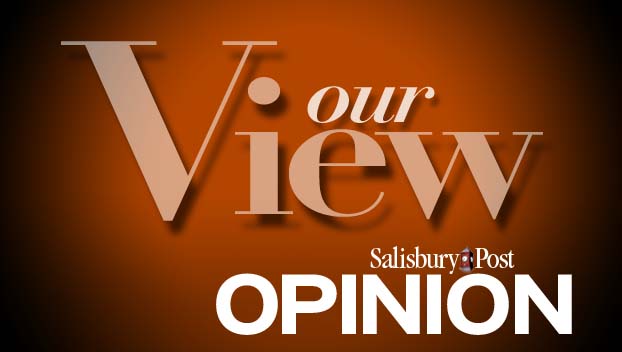Editorial: Models provide optimism about COVID-19’s future in NC
Published 12:00 am Tuesday, April 7, 2020
Between rising COVID-19 case numbers and our national economic decline, it’s been hard for people of all persuasions, including optimists, to see the light at the end of the tunnel.
But there was some good news Monday in an update to a forecast the White House has used to project COVID-19’s toll. The Institute for Health Metrics and Evaluation at the University of Washington on Monday updated its forecast down for COVID-19 North Carolina. The institute showed the state’s death toll reaching 496 by early May and staying at that mark until August.
That’s a significant improvement from one week ago, when the state’s death toll was projected by the institute to be about 2,500 by August.
In another improvement, the institute also projects the number of beds needed for COVID-19 patients — a minimum of 646 and maximum of 2,866 at its peak — will not exceed the state’s capacity of about 7,000.
While deaths and hospital beds are not the only ways in which COVID-19 could overwhelm the state’s resources, it’s good to see projections revised down after stringent social distancing measures like the governor’s stay-at-home order.
Another model released Monday by researchers at Duke University and the University of North Carolina — Chapel Hill said the number of acute care beds in the state will be sufficient to handle case numbers in the next few weeks.
“The probability that acute care bed demand will outstrip available supply will likely increase by mid-April but remains low (less than 10%) as the available capacity is likely su fficient,” the researchers said.
A similar story is true for intensive care unit beds — for more seriously ill patients — though with a slightly higher likelihood that demand will outpace supply.
Critical in the UNC and Duke projects is the state maintaining social distancing policies past the end of April. Otherwise, chances that the state tops available acute care beds rises from less than 10% to greater than 50%.
“Our current best estimate is that if, after April 29, we immediately return to the rates of viral transmission occurring prior to widespread social distancing, stress on hospitals to cope with rising demand from COVID-19 patients could begin as soon as Memorial Day,” the UNC and Duke researchers said.
The bottom line is that, from the earliest of projections, there’s reason to be optimistic that COVID-19 will remain manageable if the state stays on its current trajectory and keeps social distancing policies and guidelines in place. That’s particularly true if more people begin to abide by the governor’s stay-at-home order.


